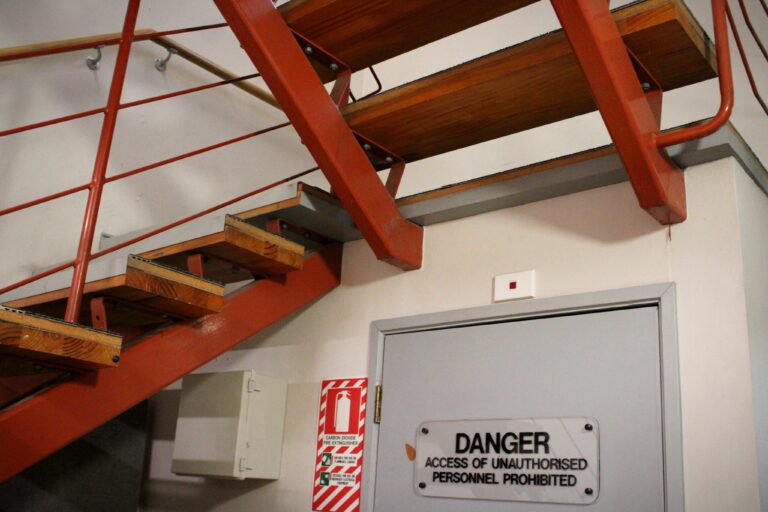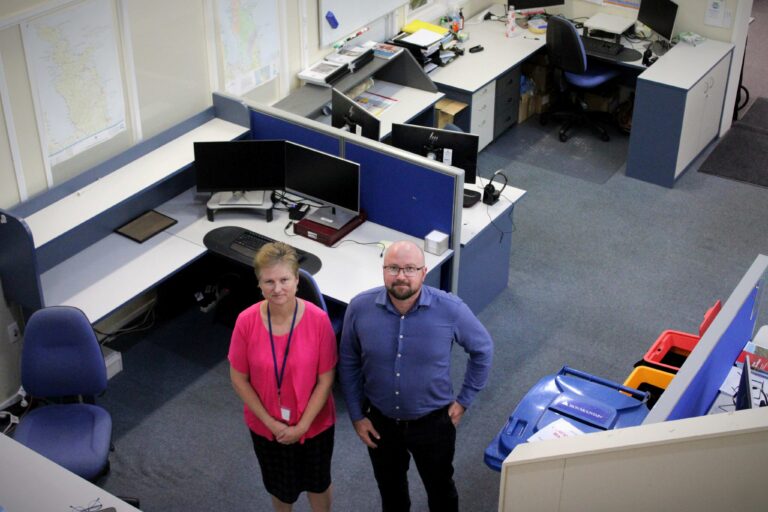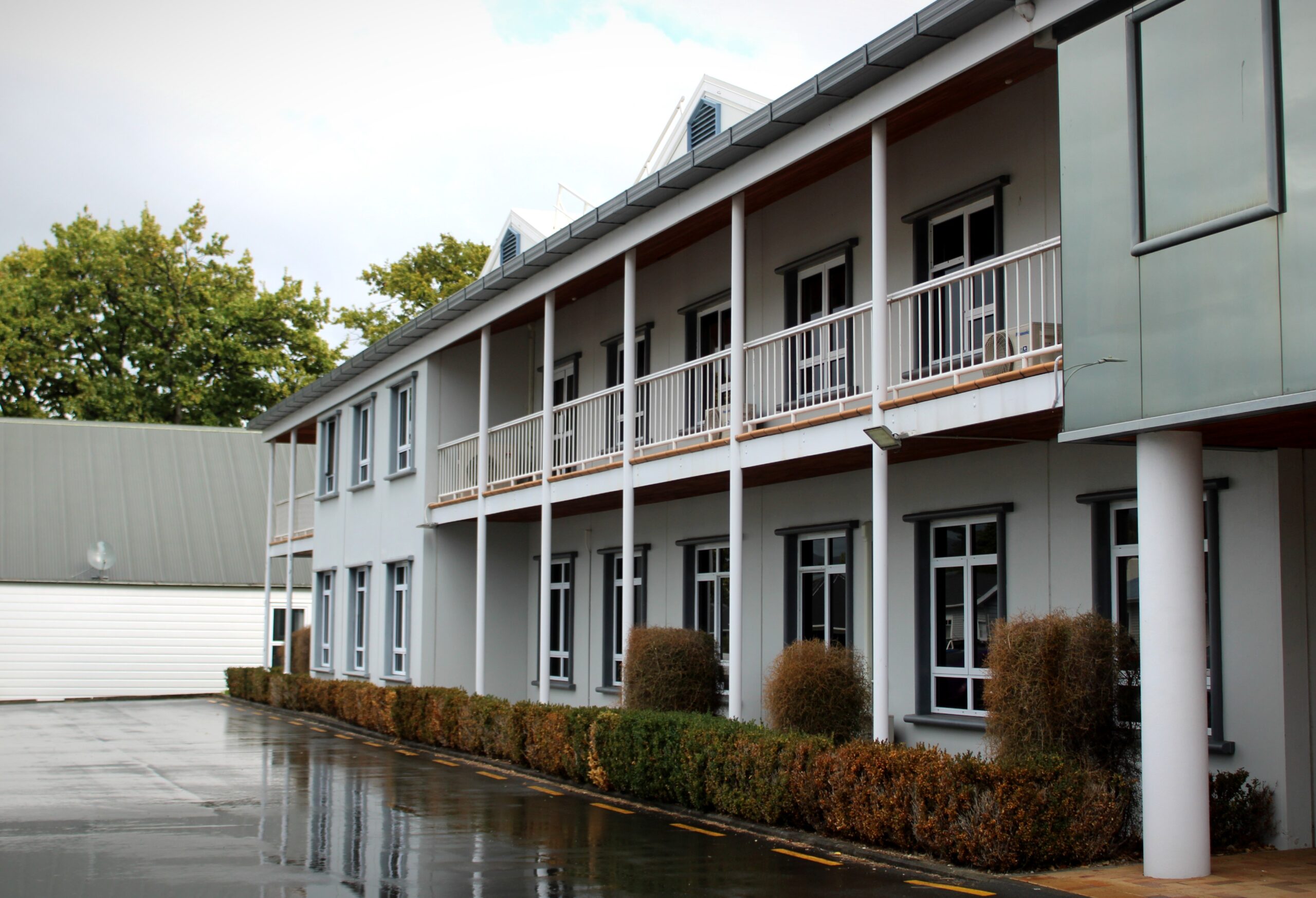If a picture paints a thousand words, then a tour through the Thames-Coromandel District Council building is a thesis.
While the 1980s premises are clearly dated, with little to no air conditioning in some places, a lack of space which requires both the Mayor and Chief Executive to double their offices as meeting rooms, and toilets which leave much to be desired, there are other issues which fall beyond aesthetic quirks.
The two buildings on Mackay St in Thames also fall short of health and safety and seismic standards. So, after years of fixing their financial eye towards other building projects in the district, it’s come time for the council’s own headquarters to have some TLC.
In its Long Term Plan, now open for consultation, council is proposing to refurbish and upgrade its existing main building at an estimated cost of $8.9m.
This is likely to be the most cost effective and efficient option, while still strengthening the building and bringing it up to standard.
One good example of the safety issues, as shown by council’s building inspection team lead Brian Carter, is the main exit from the upper level of the building – where resides the chambers.
There’s only one stairwell and, in the event of a fire in the bottom level, it may not be usable.
To demonstrate, Brian points to a fire protection wall that has a gap he can fit his hand through, showcasing that if there was a fire on the lower level, smoke would migrate up the stairwell and cause issues for evacuation.
“These are the sorts of things we are facing,” he tells The Profile.

Moving onwards past swollen window frames and origami hanging from holes in the ceiling, there is a secondary exit from the upper level. Unfortunately, it is also where sits the main switchboard for the building – one of the highest threat areas for a fire, Brian says.
“The fire proofing in here also has gaps in it,” he explains. “It’s supposed to be contained so that any fire is starved of oxygen. If that happens here now, then this stairwell is no longer usable.”
The council’s chief executive Aileen Lawrie, who has been in the role since August, 2022, says there are a lot of “complex issues” throughout the premises, and even though the buildings are required to be upgraded within 15 years, there’s a provision within the Building Act which states that if any maintenance is undertaken, the buildings must be brought up to full strength as a safety measure against earthquakes.
It means that if council spends over a certain threshold to upgrade something within its buildings, the need for earthquake strengthening and fire proofing would automatically be triggered.
“If the building was perfect right now, we could probably sit here for 15 years,” she says. “Unfortunately, the building isn’t perfect right now. We’ve pretty much run out of time.”

The Mackay St premises – which has been officially declared earthquake prone – also act as the response buildings for Civil Defence emergencies and, as council’s Civil Defence controller, Brian says they were fortunate that the weather event that recently stormed the district was a cyclone and “not a large earthquake”.
“We do have plans to use other buildings, so it wouldn’t be the end of the world, but we would be severely hamstrung while we set up,” he explains.
As the tour continues on – with knowing looks from staff seemingly well aware of the shortcomings of their workspace – both Brian and Aileen stress the need to set an example to ratepayers.
As the regulators, council has a legal responsibility to provide safe public facilities, and visitors to the main council HQ on a daily basis include contractors, invited guests, customers utilising the AA services, as well as elected members and the public attending council meetings.
Right now, the buildings’ official safety rating is less than 34 per cent. Seventy-six per cent is the minimum target for a seismic upgrade, while a building housing Civil Defence operations should have a rating in the 80s or 90s.
“It’s not about to fall down around our ears,” Aileen says of the buildings, however the time has come to bring the construction into the modern era.
“While I’m focused on the staff, it’s also about business continuity. So, when people really need us the most, we’ve got to be able to deliver.”
DETAILS: With the consultation document now out for public feedback, hearings for those who wish to speak verbally on their submissions to council’s LTP are pencilled in to take place on April 30, as well as May 1 and 2. Council will deliberate on May 21 and 22, with the 2024-2034 LTP adopted at a full meeting on June 27.
BY KELLEY TANTAU




